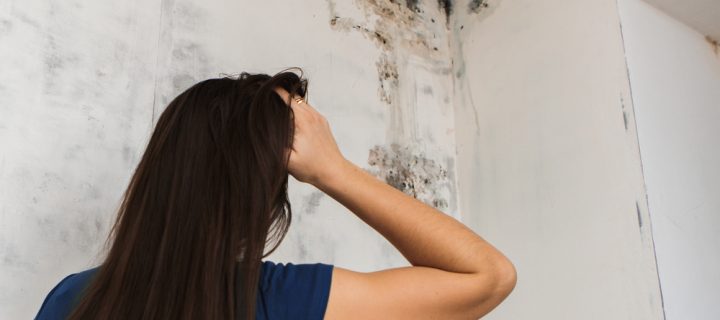Mold can cause irritations and breathing problems.
Mold may be something you think of as growing on bread in your kitchen or taking over your favorite block of cheese. You can also have mold growing in your home, however, and it can be dangerous for your health. Here’s a look at where it likes to grow, what it means for your safety, and furthermore, what you can do about it.
Mold likes damp areas and can grow on many surfaces
Mold loves moisture and thrives in damp areas. It often grows near a leak or the accumulation of moisture in water damaged areas. It can be found on just about any surface and it can often be hidden and hard to find. Common homes for mold include walls, the ceiling, windows, tiles, carpets, and fabrics. If you’re feeling the symptoms of a mold presence but you can’t see any of it, hiring a professional to take a look can help.
You can develop eye and nose irritations as well as breathing problems
Some people have larger reactions to mold while others don’t seem to be so susceptible to symptoms. People who suffer from seasonal allergies can be more likely to be sensitive to the presence of mold. If you have mold growing in your home, you can experience the following irritations:
- Aggravation of asthma symptoms
- Shortness of breath
- Wheezing
Related: The Many Benefits of Eating Mushrooms
- Irritated eyes
- Irritated nose and throat
- Excess phlegm
Elderly people and infants are more likely to experience difficulties breathing when mold is present, as well as those living with a compromised immune system.
You can scrub mold away or hire a professional
There are companies you can pay to remove your mold for you. This can be one of the easiest ways to deal with the problem, and if you have large patches of mold accumulating this is the recommended route. It’s difficult to get rid of all mold, entirely, however.
When doing it yourself, remove the materials damaged by the mold and dispose of them safely. Make sure that other people aren’t around when clean up is being done.
It’s recommended that you wear protective eye goggles, an N95 mask, and disposable gloves when cleaning mold.
For wood, tiles, and hard surfaces, experts recommend cleaning with unscented soap and water. Dry the surface quickly. Painting over mold walls won’t keep the mold from growing and will only hide it temporarily. Baking soda, a damp cloth, and a bit of soap can be used to clean walls.
In order to prevent mold from growing back once you’ve removed it, make sure your home is equipped to keep moisture out and all leaks are fixed.
For more information on how to remove mold safely and prevent it, click here.
photo credits: Burdun Iliya/Shutterstock.com












